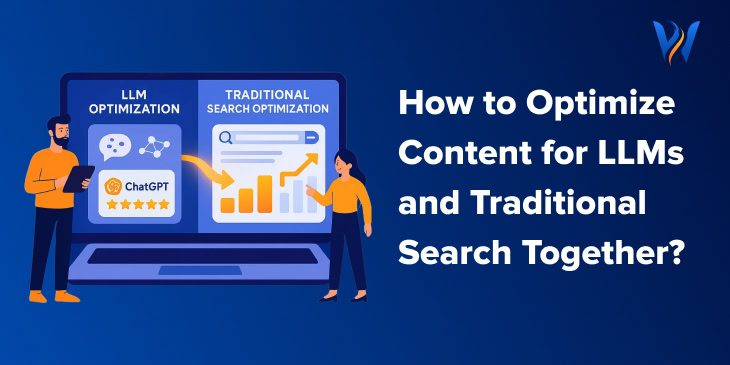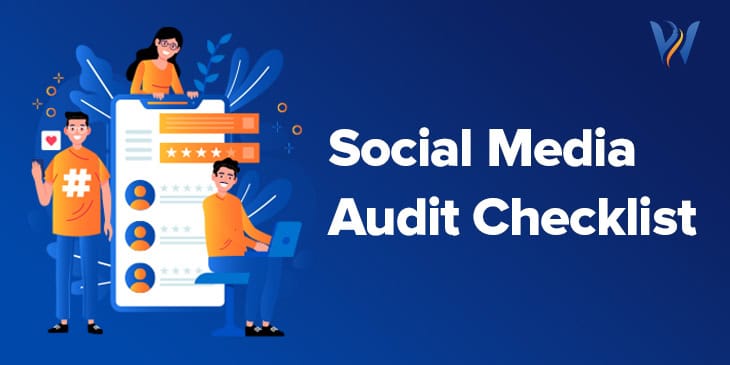Why is it that some websites or articles show up when you ask ChatGPT or Perplexity AI a question—and others don’t? It’s not magic. It’s something called LLM optimization. This process helps your content get noticed by large language models (LLMs), like the ones used in popular AI tools.
Especially with an estimated 1 billion monthly active users, ChatGPT is one of the most-used AI tools in the world. That’s a big reason to make sure your content can be found by AI tools!
This post helps explain what LLM optimization means, why it matters, and how you can make sure your content has a better chance to show up when people use tools like ChatGPT and Perplexity AI.
What Does LLM Optimization Mean?
LLM stands for Large Language Model. These are computer programs trained to understand and generate text—just like the one you’re reading now. ChatGPT and Perplexity AI are examples of tools that use LLMs to help answer questions and explain things.
LLM optimization means shaping your content so it can be easily understood, used, and shared by these language models.
When we optimize content for LLMs, we’re helping the AI find the best, most helpful answers to user questions. Here’s what that involves:
- Clear, organized writing – The AI needs to quickly figure out what your page is about.
- Useful information – Your content should answer real questions people might ask.
- Well-structured pages – Using headlines, short paragraphs, and bullet points helps a lot.
Think of it like making your content easy for both humans and smart robots to read.
Why Are LLMs Surfacing Some Content and Not Others?
LLMs don’t surf the web the same way search engines like Google do. Instead, they rely on the content they’ve been trained on—or they fetch results from trusted, up-to-date sources.
Here’s why some content appears more often:
1. It’s easy for the AI to understand.
If your writing is clear and well-organized, the AI is more likely to use it in a response.
2. It matches common questions.
LLMs are trained to look for answers to questions. If your content includes real questions and answers, it’s more useful to them.
3. It comes from trusted or well-known sources.
Sites that consistently publish high-quality, helpful content are more likely to be seen and used.
If your content isn’t showing up, it might be too complex, off-topic, outdated, or just hard to find. But don’t worry—there are ways to fix that!
How to Make Your Content Discoverable by ChatGPT & Perplexity AI
If you want your content to show up when someone asks ChatGPT or Perplexity AI a question, there are some specific things you can do. These tools don’t work exactly like Google Search. They pick up and share answers that are clear, helpful, and easy to read.
Here’s how to make your content discoverable step by step.
1. Write for People First, but Keep AI in Mind
Always start with people in mind. Think about the questions your readers might have. Then answer them clearly. Use short sentences. Break big ideas into smaller parts.
But also think about how an AI reads your page. LLMs need structure. They scan for headings, lists, and clearly written facts.
For example:
- Bad: “You may find this approach highly beneficial depending on the context.”
- Better: “This tip helps most people write faster.”
That’s easier for a person and an AI to understand. And it helps with content optimization for AI.
LLM Optimization Checklist
0 / 82. Use Clear Headlines and Subheadings
LLMs look at headers to understand the structure of your content. Use them wisely!
Good header examples:
- How to Start a Blog in 5 Easy Steps
- What Is the Best Time to Post on Social Media?
When your content is well-organized, it’s easier to optimize content for LLMs and improve your chances to rank on ChatGPT.
3. Include Questions and Answers in Your Content
Language models love clear Q&A formats. This makes it simple for them to find what someone is looking for.
Try adding short FAQs to your pages or blog posts. You can also include questions in your headings.
Example:
- Q: What is LLM optimization?
A: LLM optimization is the process of making content easier for large language models, like ChatGPT, to read and use.
Even one or two good Q&A sections can help a lot!
4. Focus on Clear, Helpful, and Factual Writing
ChatGPT and Perplexity AI both look for content that feels trustworthy and useful. So how do you do that?
Here are a few quick tips:
- Use simple words.
- Avoid fluff or filler.
- Provide facts or explain how something works.
- Use examples when you can.
If you’re writing about a product, service, or idea, show how it works with a clear step-by-step explanation.
When your content is practical and honest, it performs better in SEO for LLMs and boosts your Perplexity AI SEO results too.
5. Update and Refresh Your Content Regularly
LLMs are trained on fresh data—or in Perplexity’s case, they search live sources. This means new, updated content gets more attention.
- Update old blogs with current info.
- Add the latest stats or facts.
- Refresh the title and headings to match today’s questions.
Keeping things up to date is an easy win if you want to optimize for ChatGPT and other AI tools.
6. Use Clean HTML and Fast-Loading Pages
This part is more technical, but still important. If your site loads slowly or has messy code, AI tools might skip it.
Here’s what helps:
- Use a mobile-friendly design.
- Remove extra scripts that slow the page.
- Use proper headings (<h1>, <h2>, etc.).
- Avoid hiding content behind pop-ups.
This supports better crawling, which is important for both human users and LLMs—and helps with LLM optimization overall.
7. Use Keywords Naturally
Keywords are still useful, even in LLM optimization. But don’t stuff them. Use them where they make sense.
Let’s say you want to help your blog rank on ChatGPT. Include phrases people might search for in your headings, intro, and summary.
Here’s an example:
- “This guide covers SEO for LLMs, including tips to optimize content for LLMs like ChatGPT and Perplexity AI.”
That’s simple, natural, and helpful for AI models to understand the topic of your content.
8. Get Cited by Others
This one takes time, but it’s worth it. If other trusted websites link to your content, language models may see it as more trustworthy too.
To get more citations:
- Write original guides or research.
- Share helpful stats or tools.
- Answer common questions better than others.
Perplexity AI even shows where its answers come from—so the more helpful your content, the more likely it gets cited.
Conclusion
Getting noticed by tools like ChatGPT and Perplexity AI isn’t just luck—it’s strategy. By using LLM optimization, you make it easier for these smart tools to find and share your content when people need it most. It’s not about gaming the system. It’s about being helpful, clear, and easy to understand.
So whether you’re writing blog posts, product pages, or FAQs, keep these tips in mind. You’re not just writing for people anymore—you’re writing for AI readers too!
Want help creating content that’s ready for AI? Reach out to the team at WebIndia Inc. We’re here to help your content shine—human or AI reader alike.







